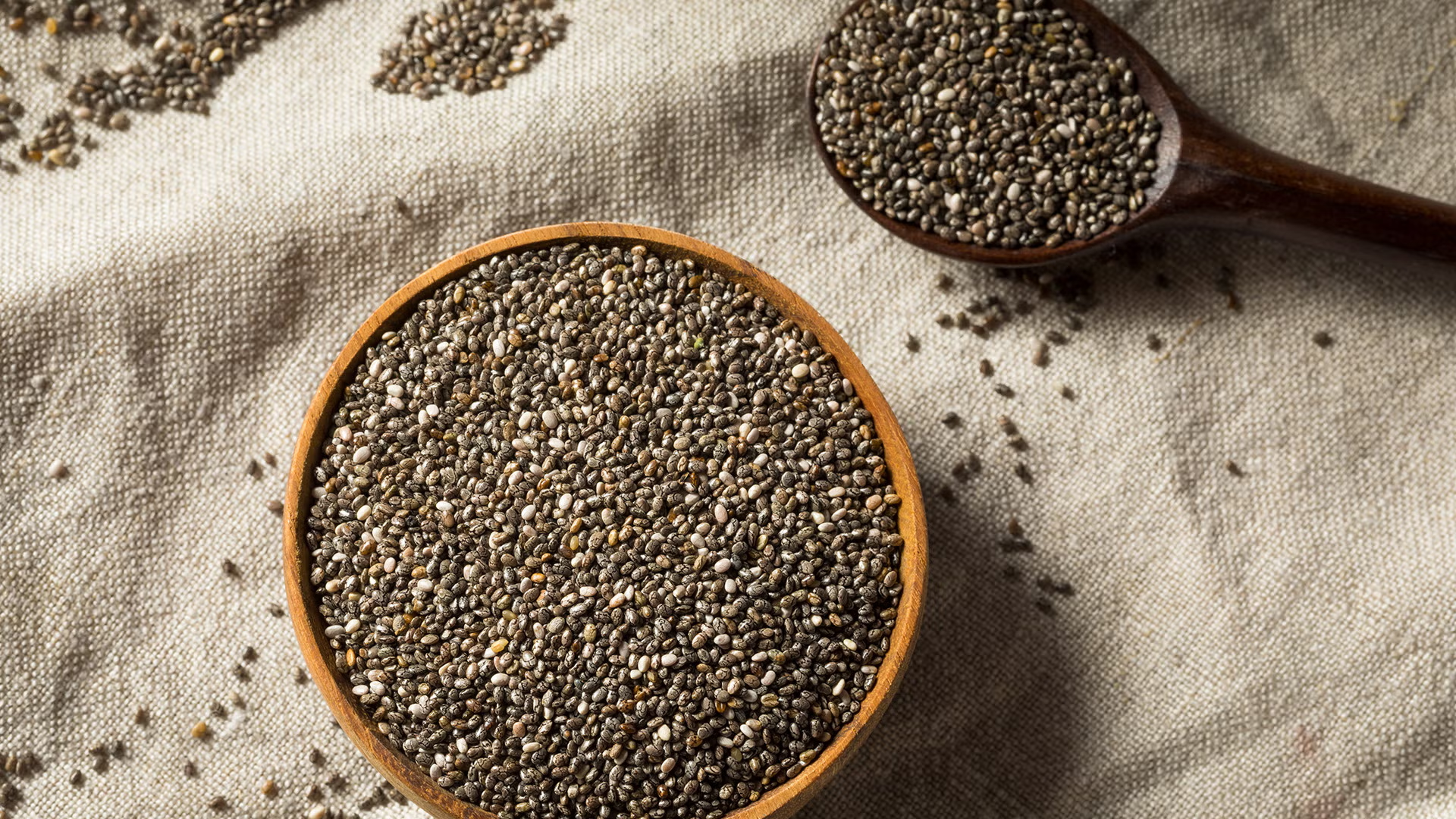We’re all generally told to watch what we eat, but have you ever wondered why? Well, we have one reason for you: purines. Being present in almost every major food that we consume, having a good idea of how it affects our body’s metabolism could help you manage the negative effects of our everyday eating. Now, there will be science jargon coming up, but don’t worry, we’ll make sure all this information will be easily digestible!
Starting off, what are purines anyway? The simple answer is they are molecules made up of carbon and nitrogen atoms. Think of them as the building blocks that our cells use to build important things. They’re found in our DNA and RNA, also known as our genetic code. If you’ve seen that cool diagram of a DNA in school, you probably remember that upright spiral part—those are purines bonded by hydrogen, adenine and guanine to be precise.








